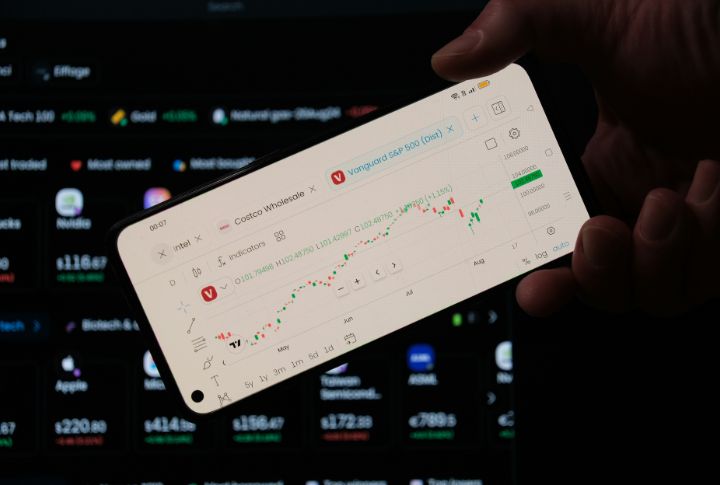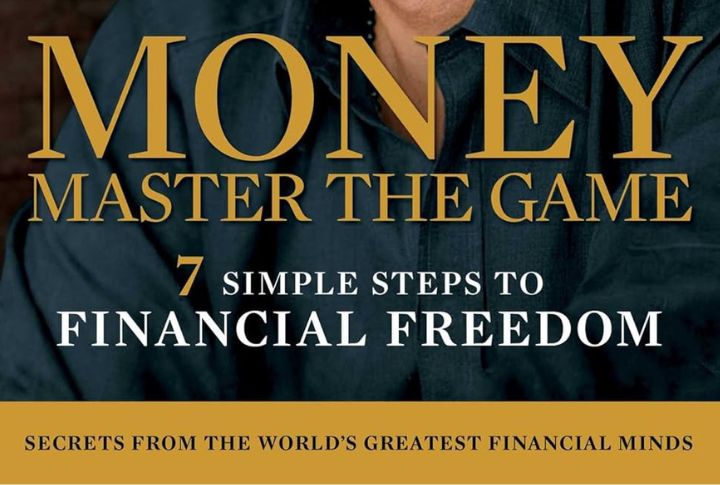
Millions have turned to Tony Robbins for a reason—and it’s not just the hype. He’s helped everyone, from Fortune 500 CEOs to everyday retirees, break through financial plateaus by simply shifting their mindset. And over time, he has built his reputation as a trusted strategist in personal growth. So what’s behind his success? Let’s unpack 10 of his smartest plays.
Plan For A Longer Lifespan

Tony Robbins urges retirees to think long-term. With U.S. life expectancy nearing 85 for women and a 25% chance one spouse lives to 97, outliving your money is a real risk. Yet only half of retirees roll over 401(k)s into Individual Retirement Accounts (IRAs), missing out on smarter, long-range growth strategies.
Use The 4% Rule For Withdrawals

Introduced by financial planner Bill Bengen in 1994, the 4% rule became a go-to strategy for retirees. Tony Robbins also points to this method, which suggests withdrawing 4% from your retirement funds each year while keeping pace with inflation; for someone aiming at an annual income of $70,000 a year, that requires about $1.75 million saved.
Prioritize Financial Freedom Over Age

Only about half of workers in the U.S. actually know what they’ll need to retire comfortably, and Tony Robbins sees that as a big deal. Instead of stressing about what age you retire, he says it’s smarter to build passive income that keeps flowing whether you’re working or not.
Diversify Income Streams

Extra income sources, like rentals or dividend-yielding investments, play a key role in Robbins’ long-term wealth philosophy. It’s a principle he lives by, with personal stakes in more than 100 businesses. And it’s not just him: 77% of workers now expect to lean on savings and other income streams beyond Social Security, according to EBRI’s 2024 report.
Invest In Bonds For Stability

In 2025, treasury bonds were giving returns of around 3 to 4 percent. When the market dips, this can be a real safety net for many. The surprising part? Only 13 percent of retirement portfolios include a solid chunk of bonds. That leaves a lot of people open to more risk than they bargained for.
Educate Yourself On Finances

Robbins wrote “Money: Master the Game” to give everyday people practical ways to take charge of their finances, drawing insights from over 50 seasoned financial experts. And the numbers support his message—a 2024 study by NBER found that simply learning the basics of investing can boost savings by as much as 20%.
Automate Your Savings

Automating 10–20% of your income into retirement savings removes the pressure to act manually each month. That’s why nearly 68% of employees contribute to 401(k)s through auto-enrollment. Over time, even $500 per month at a 7% return could grow into $1 million by retirement.
Maximize Tax-Advantaged Accounts

Robbins calls Roth 401(k)s and IRAs a “tax-efficient money machine” for a reason—they let you take money out without paying taxes later. In 2025, the IRS allows up to $7,000 in Roth IRA contributions, with an extra $1,000 for those aged 50 and above. Despite these benefits, less than half of private-sector workers use them.
Consider Annuities For Guaranteed Income

For Tony Robbins, immediate annuities are a smart way to lock in lifetime income. They’re built on “mortality credits,” so if you live longer, your payouts grow. The problem is that only 36% of people nearing retirement feel financially secure. Annuities can bridge this gap and bring peace of mind to long-term financial planning.
Avoid Hidden 401(k) Fees

Vanguard’s 2024 report shows that 401(k) fees average 1% annually, enough to gradually shrink savings by nearly 30%. Concerning this, Robbins warns of the “tyranny of compounding fees” eating away at your future. Still, half of the workers don’t review their plan costs, missing a simple way to protect their retirement.
